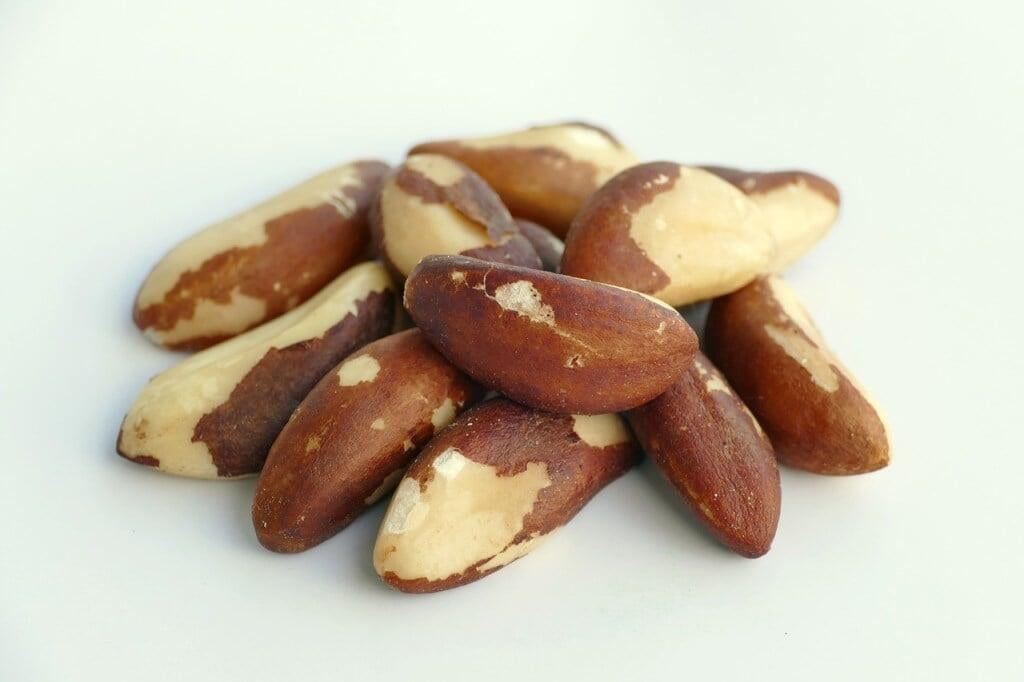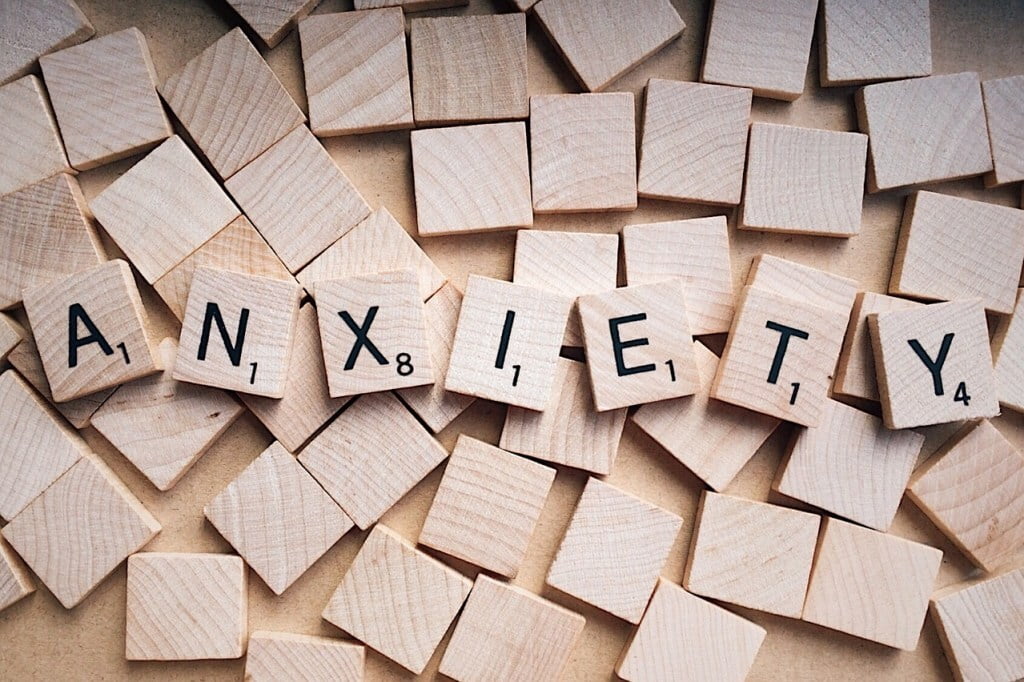Last week, in Part 1 of Master Your Metabolism I discussed the three main components of metabolism which are Resting Metabolic Rate (RMR), Activity, and the Thermic Effect of Food. I specifically talked about the best tactics to boost and/or maintain a healthy RMR during weight-loss.
Today, I’m going to dive into some of the best ways to support increasing your calorie burn via exercise and utilizing the thermic effect of food (TEF).
Activity & and Non-Exercise-Activity Thermogenesis (NEAT)
The main thing to remember about activity and metabolism is that there are two types–purposeful physical activity (aka exercise) and non-purposeful activity (aka non-exercise activity thermogenesis or NEAT). Both types of activity contribute roughly 15 to 30% of your total daily energy expenditure (TEE).
Activity is the most variable component of your metabolism because you, my friend, are entirely in control of how often you move! Unfortunately, most people don’t get nearly the amount of activity they need for general health and weight-loss.
Because of this, I thought I’d provide some practical strategies on how you can ‘motivate’ yourself to move more and burn more calories during a sweat session. Many of these tips are taken directly from the book ‘Atomic Habits’ by James Clear. It’s a great read if you want to learn more about habit formation.
5 Tips To Get You Moving and Burning More Calories During Exercise
- Make it Convenient
- Make it ‘Easy’
- Make it Fun
One of the best ways to ensure you are likely to get to the gym on a consistent basis is ensuring that whatever you decide to do is convenient. Find a gym or fitness studio that is close to where you live and/or work. Scout out hiking paths, tennis courts, parks, swimming pools or other places that are easily accessible. Remember: when an activity is convenient you are much more likely to ‘just do it,’ not overthink it.
Sorry, I’m not talking about making your activity physically ‘easy.’
Instead, I mean set yourself up for success so exercise is the easiest choice to make. An example of this would be to lay out your gym clothes and shoes the night before your fitness class to reduce the resistance between your alarm clock and getting out the door.
Also, try scheduling your fitness classes during times with fewer distractions or obligations like your lunch break or your child’s afternoon nap. I know the only way I’m going to get exercise in during the day is if I do it over my lunch hour. This is when I feel most energetic and I schedule no other commitments.
I DO hope you are sweating your butt off when you exercise but that doesn’t mean you can’t infuse an element of fun into your fitness! One of my favorite things to do while exercising is listening to a good playlist or podcast.
I also enjoy trying new forms of fitness from time to time. Sure, you might look a bit funny the first time you rock climb or get on a megaformer but embrace the awkwardness and learn to laugh at yourself.

Make It Competitive
Make it Longer | More Frequent | More Intense
Frankly, some people need a bit of friendly competition in order to stick to their workout goals. If you are the competitive type, consider signing up for a race, participating in a fitness or weight-loss challenge at work, or even joining a recreational sports team.
After you’ve been doing something for a while, your body adapts to the movements and it becomes less challenged.
To prevent this from happening try one of three things: increase the duration of your workout and see if you can do the activity 5 or maybe 15 minutes longer; increase the frequency of the activity you are performing; and finally increase the intensity to burn more calories in a shorter period of time. This might look like increasing your resistance with weight-lifting, increasing the incline on a treadmill or stair stepper, or advancing certain movements or yoga poses to challenge yourself.
How to Increase Your Thermic Effect of Food (TEF)
As I mentioned previously, we burn calories when we digest food. This is known as the thermic effect of food (TEF) which points to the fact that not all calories are created equal.
Let me explain.
Food is made up of three macronutrients or sources of energy: carbohydrates, protein, and fat. Out of these 3 macronutrients, protein is known to have the highest thermic effect–meaning the body uses more energy to break down protein into its individual amino acids than it takes to break down fat or carbohydrate into its components.
- Fat provides 9 calories per gram, and its TEF is 0-5%
- Carbohydrate provides 4 calories per gram, and its TEF is 5-10%
- Protein provides 4 calories per gram, and its TEF is 20-30%
Consequently, protein actually has a lower ‘net calorie’ value than any other macronutrient–which makes it the most favorable nutrient for increasing total energy expenditure, and tipping the energy balance equation toward weight-loss.
Let’s compare the net caloric impact of 100 calories of protein from chicken versus 100 calories of fat from butter.
100 calories of protein from chicken = a net of 80-70 calories (20-30% TEF applied)
100 calories of fat from butter = a net of 100-95 calories (0-5% TEF applied)
As you can see the net energy intake is much lower for foods containing protein than fat. And carbohydrates have a net calorie value that lies between that of protein and fat.
So how much protein should you optimally be consuming? That depends on a lot of factors including your exact goals. But generally I recommend between 20-35% of calories from protein for fat-loss and muscle gain. Check my post on how to calculate your macros to estimate how much you need of all three macronutrients.
Whole Foods versus Processed Foods Impact on TEF.
Aside from a foods macronutrient composition, studies have shown more highly processed foods have a lower TEF than less processed versions of similar foods even after controlling for macronutrient differences.
For example, one study demonstrated that participants’ calorie expenditure was greater after eating a less processed meal (whole grain bread and cheddar cheese sandwich) compared to eating a similar but more highly processed meal (white bread and American cheese).
This makes sense in that the body would require more energy to break down a food that hasn’t undergone as much processing.
How can you practically implement this? Choose foods closer to their whole food form versus their most processed form.

- Whole apple > apple juice
- Steel cut oats > instant oats
- Whole grain bread > white bread
How Meal Timing, Size, and Frequency Impacts Your Metabolism
Meal Timing – When’s the Best Time to Eat?
Some research suggests that food eaten during the evening has lower TEF than food eaten in the morning. This may be due to the fact that fasting precedes the morning meal and the body is more primed for digestion versus at nighttime when the body is in a fed state (has consumed food throughout the day)
Coincidentally, there is research to show that people who eat breakfast (i.e., shift more of their calories earlier in the day) have lower rates of obesity compared to those who skip breakfast.
Nonetheless, I would not get too hung up on whether you should shift more calories in the earlier or later part of the day – as there is not a clear consensus about meal timings impact on metabolism and weight management.
Meal Size – Do Small and More Frequent Meals Boost Your Metabolism?
TEF also increases in response the amount of food eaten or total calories eaten. Bigger less frequent meals compared to smaller more frequent meals will lead to a higher TEF response per eating occasion. In other words, more calories ingested equals more calories digested.
However, contrary to popular belief, there is NO significant difference in total energy expenditure if you choose to eat small, more frequent meals as opposed to larger but fewer meals when calories are controlled. For example, if you ate 2000 calories per day either divided into 3 large meals or 6 mini meals – there wouldn’t be a significant difference in the total calories you burn at the end of the day.
So as much as you’ve been told that ‘eating small, frequent meals boosts your metabolism’ there is actually no truth to this claim. You can still lose weight no matter which meal pattern you choose as long as you are in a calorie deficit at the end of the day.
What Foods or Nutrients Can Boost My Metabolism?
Aside from higher protein foods, there are a few foods and beverages that may have a small impact on your metabolism.
I view incorporating these foods into your diet as one way to enhance your weight-loss efforts. But alone, these foods are not going to be the anecdote to fat loss. Yet, if you already enjoy these foods – I’d continue to include them in your diet.
Coffee
The first metabolism boosting beverage is America’s most beloved morning drink–coffee. Several studies have shown that the caffeine in coffee can increase TEE. When lean and obese subjects were given caffeine in amounts of 4 milligrams per kilogram of body weight (~330 milligrams or 16 oz of Starbucks coffee for a 180 pound individual), total daily energy expenditure increased between 5 to 8%.
In addition, coffee has been shown to decrease energy intake (suppress appetite), promote fat oxidation (aka burning fat), and improve energy expenditure through physical activity.

Green Tea
Green tea is also believed to increase energy expenditure a modest amount. This is believed to be partly due to the caffeine content of green tea in addition to the antioxidant, epigallocatechin (EGCG). Daily consumption of green tea with EGCG in amounts 100 and 460 mg (equivalent to 1 to 4 cups per day) has shown greater effectiveness on body weight and fat loss reduction in trials lasting 12 weeks or more.

Chili Peppers
Some studies have suggested that various chemicals in chili peppers (both capsaicin and dihydrocapsiate) may increase energy expenditure, too. One study showed that after a month of supplementation with dihydrocapsiate (3-9 mg per day) subjects’ metabolic rate increased by about 50 calories per day.
Studies with capsaicin have also shown increased energy expenditure, fat oxidation, and modest weight-loss (1 kg or 2.2 pounds) with the addition of capsaicin.
Thyroid-Supporting Nutrients
Because your thyroid is considered your ‘master gland’ for controlling your metabolism it’s worth mentioning that your thyroid requires several nutrients for functioning optimally. Individuals with thyroid conditions like hypothyroidism or Hashimoto’s may benefit from supplements or foods containing selenium, iron, iodine, and zinc. Here are some of the best food sources of these minerals and recommended dosage.

Note: Please be aware that taking a larger dose of certain vitamins or minerals is not always better , and in fact, can cause more harm then good. Consult with a doctor or registered dietitian before taking doses of supplements that exceed the recommended dietary allowance (RDA).
- Iodine – iodized salt, seaweed, seafood, dairy, whole grains, and eggs (RDA 150 mcg)
- Selenium – Brazil nuts, seafood, organ meats, whole grains, and eggs (RDA 55 mcg)
- Zinc – seafood (oysters, lobster, crab), red meat, beans, and nuts (RDA 8-11 mcg)
- Iron – meat, seafood, beans, nuts, and chocolate (RDA 8 – 18 mg)
How Sleep & Stress Impact Your Metabolism
Sleep Quality & Metabolism
Another factor that plays into how well your body is converting energy to fuel is how much sleep you are getting. The Sleep Foundation recommends adults get 7 to 9 hours of sleep per night.
When your body is sleep deprived several metabolic processes can go awry including your ability to self-regulate your food intake. Under conditions of sleep deprivation and/or even insufficient sleep–two hormones that control hunger and fullness are disrupted. The hormone ghrelin, which triggers feelings of hunger, increases with lack of sleep. At the same time, the hormone leptin, which initiates a feeling of fullness or satiety decreases.

Collectively, these changes in hormone levels trigger increased food cravings followed by decreased satiety. Clearly, this is a problem for someone trying to lose weight when the goal is to achieve an energy deficit.
Studies have also shown that insufficient sleep can lead to higher insulin secretion and lower clearance of dietary fat. This too, is problematic for someone losing-weight because the body shifts to burning more calories from glucose versus stored energy (fat).
Stress & Metabolism
Managing stress or anxiety is also important to keeping your body’s metabolic processes functioning optimally.
Individuals who are chronically stressed tend to have higher levels of the stress hormone cortisol. Cortisol’s job is primarily to fight inflammation in the body but it also serves to ‘free up energy’ for immediate use (aka fight or flight situations).
While this is a good thing if you need to quickly run out of a burning building (i.e., acute stress) it’s not so good if you are dealing with a chronic stressor like financial or relationship issues where ‘running away’ doesn’t resolve the problem.

Essentially, chronically elevated cortisol levels raise your blood sugar to give the body the needed energy to fight off the ‘immediate threat.’ At the same time, cortisol keeps insulin from doing its job (i.e., putting blood sugar into the cell). Chronically elevated blood sugar can in turn lead to insulin resistance and contribute to weight-gain, diabetes, and other metabolic conditions.
We also know that stress can reduce the metabolic rate. One study showed that women who self-reported having a ‘stressful’ day prior to being given a high calorie meal had a significantly lower metabolic rate in the 24-hours after ingesting the meal compared to women who reported experiencing no stressors in the prior day.
In fact, the ‘stressed-out’ women burned about 100 calories less in the 7-hours after eating in addition to having higher levels of insulin and reduced fat oxidation (i.e., burning fat for energy) compared to the non-stressed women.
That said, managing stress and getting enough sleep is one of the best things you can do to help support a strong metabolism.
This completes Part 2 of ‘Master Your Metabolism!’. Between Part 1 & 2, we covered the three different components of metabolism. We learned that the best way to support a healthy resting metabolic rate is to change your body composition (more muscle = burning burning more calories at rest); weight training and HIIT are highly effective forms of exercise for this.
When it comes to eating for a strong metabolism – ensure you are eating at least 1200 calories for weight-loss and remember to incorporate plenty of whole foods and high quality protein to take advantage of the ‘thermic effect of food.’
Last but not least, chill out (maybe with a cup of green tea) and get plenty of zzz’s.
I hope you enjoyed this 2 part guide on ‘How to make your metabolism work for you, not against you!’
Drop any questions you have about metabolism and weight-loss below and I’d be happy to answer them.
Finally, if you are reading this because you are currently struggling with a ‘sluggish’ metabolism or managing your weight, I’m here to support you!
Head over to my services page to learn more about how we can partner together and achieve your health and weight-loss goals.